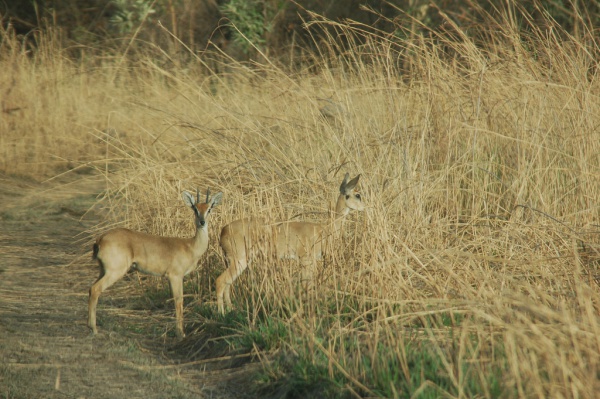Facts About Oribi
The oribi is a charming small antelope that inhabits the landscapes of eastern, southern, and western Africa. Distinguished as the sole member of its genus, the oribi was first officially described in 1782. With a stature of 50 to 67 centimeters at the shoulder and a weight of around 12 to 22 kilograms, this graceful creature features a coat that gleams in shades of yellowish to rufous brown, complemented by white markings on its chin, throat, underparts, and rump. Notably, only the males exhibit slender, straight horns.
In terms of diet, the oribi primarily grazes on fresh grasses, though it occasionally consumes browse. These antelopes are diurnal, meaning they are active during the day. They typically form small groups and are known to defend their territories. Depending on their environment, oribis demonstrate three distinct mating systems. After a gestation period of six to seven months, females give birth to a single calf.
Oribis inhabit a variety of ecosystems, ranging from savannahs to montane grasslands, although their distribution across Africa is somewhat fragmented. Unfortunately, these antelopes face threats from expanding agriculture and competition with livestock. While the IUCN classifies the oribi as Least Concern overall, certain subspecies are deemed Vulnerable due to decreasing populations. Fortunately, conservation efforts are underway in protected areas across their range.
In the broader context, oribis play a vital role in their ecosystems. They serve as an essential prey species and contribute to maintaining the biodiversity of African grasslands.

 Botswana
Botswana